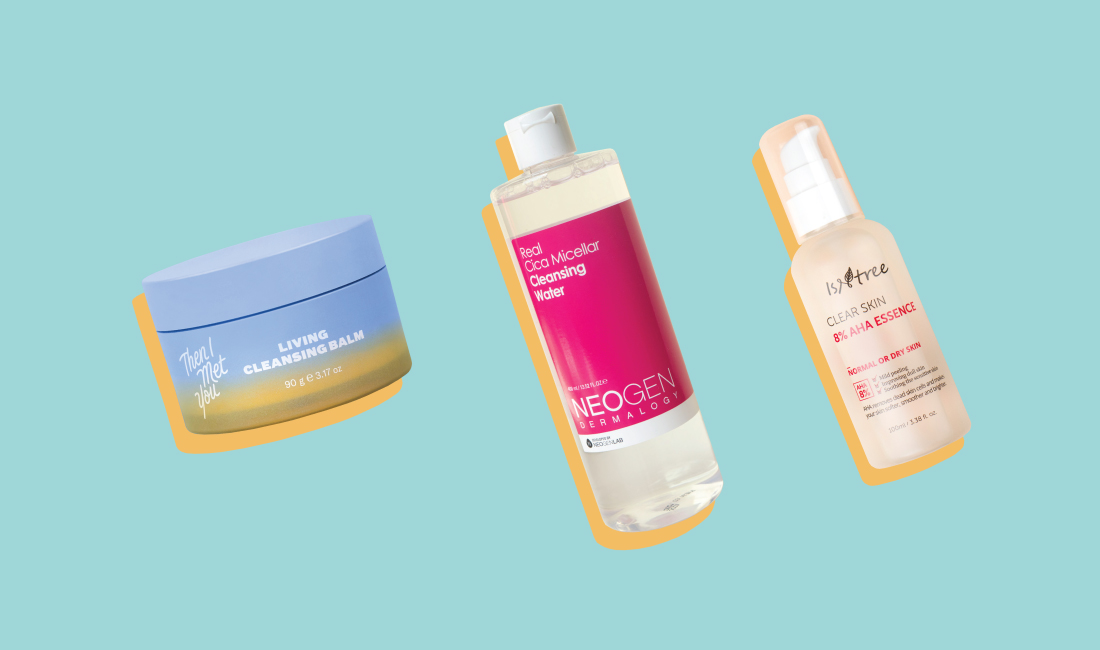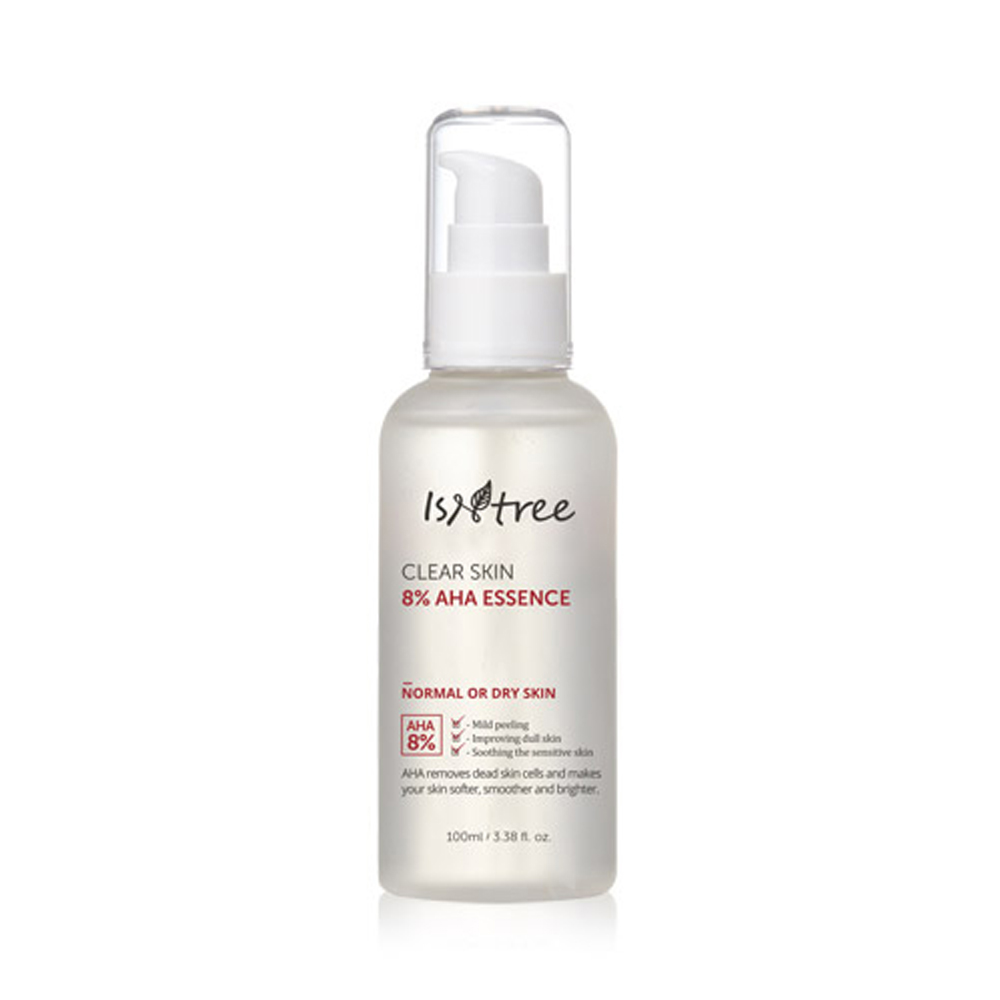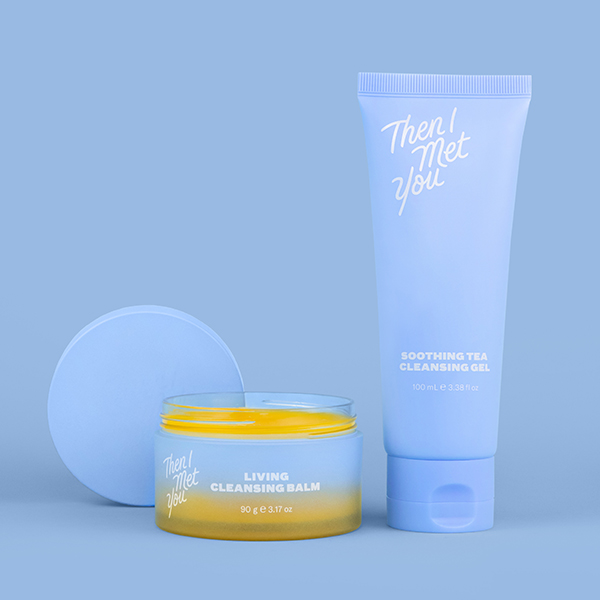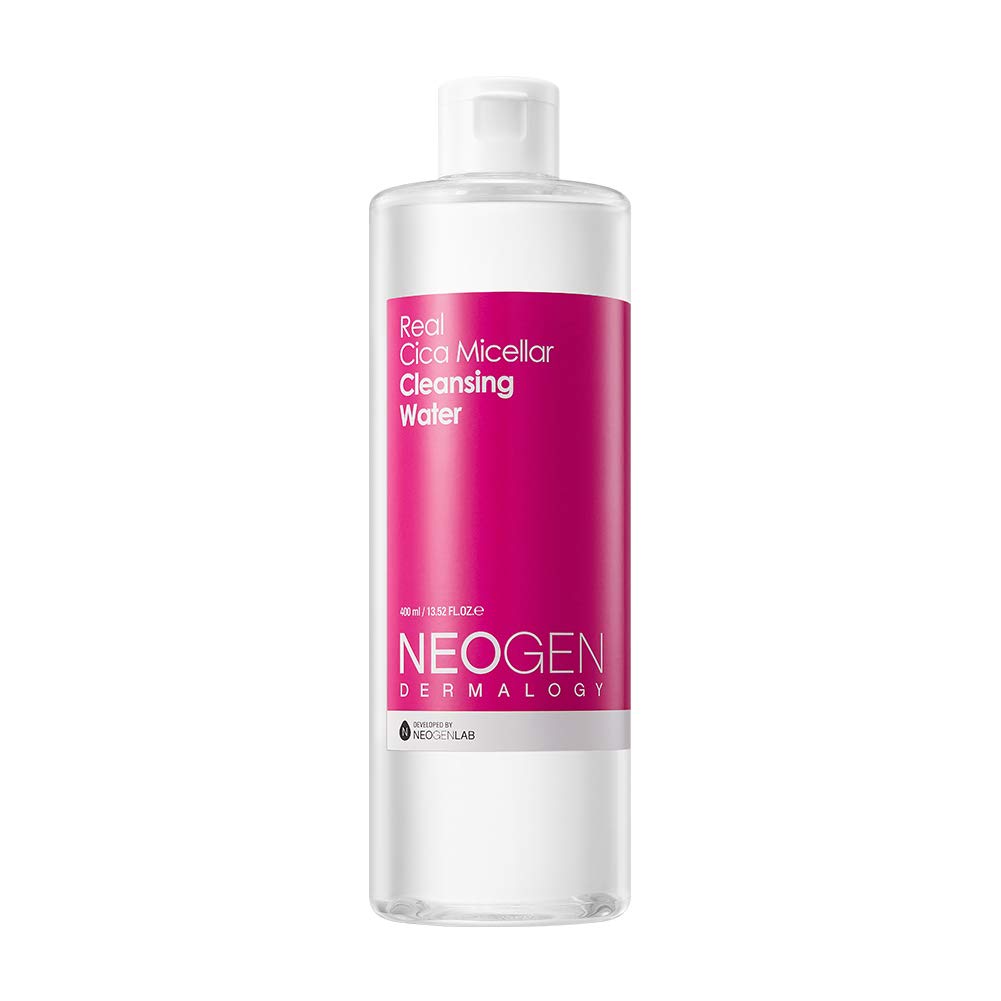From using the wrong water temperature to reaching for the wrong type of product, dermatologists break down the most common face washing mistakes people make. Are you guilty of any of them?
Washing your face seems simple enough, right? But the techniques and products you use to get the job done can make a big difference in how well you’ve cleaned off the day’s makeup and grime — not to mention how healthy your skin looks and feels afterward. We asked dermatologists to share the most common face washing mistakes out there, so listen up.
RELATED: How To Keep Your Beauty & Skin Care Regimen Sanitary
The Mistake: The Water’s Way Too Hot
It might feel good to splash hot water on your face, but temperature matters. Dr. Hadley King, a NYC board-certified dermatologist, says, “Hot water can be more drying to the skin because it strips the skin of its natural oils. It also can increase inflammation and redness in sensitive and rosacea-prone skin types.” She says to use lukewarm water instead. And if you’re really craving a warm reprieve, try a nice herbal steam instead!
The Mistake: Going Overboard With Scrubbing
“While physical exfoliation with scrubs may help improve radiance, over scrubbing can actually cause damage to the outer skin layer,” says Dr. Joshua Zeichner, a board-certified dermatologist based in NYC.
He says this translates to red and inflamed skin, a dull complexion, and a compromised barrier that may be more at risk for flare-ups and breakouts. Very gentle physical exfoliation is OK periodically, but make sure that you’re using an extremely gentle, face-approved product. You may also want to consider switching to a chemical exfoliant, such as the Isntree Clear Skin 8% AHA Essence .
“Chemical exfoliators like glycolic and mandelic acid are gentle enough that they can be used every day. Unlike scrubs which physically remove cells from the surface of the skin, alpha hydroxy acids (AHAs) help dissolve connections between skin cells so they can be naturally shed more rapidly by your skin,” says Dr. Zeichner.
The Mistake: You’re Not Removing Everything
This mistake is particularly common for those who are makeup wearers. Not removing all the day’s makeup (and other dirt and grime) can negatively impact your skin by clogging pores. A double cleanse can help ensure you get every last particle.
We recommend a balm cleanser followed by gel or foaming cleanser, a two-step method that leaves skin hydrated, balanced, and completely clean. Try the award-winning Then I Met You Cleansing Duo. Another option is to use your go-to cleanser followed by gently wiping your face with a micellar water-soaked cotton round.
The Mistake: You’re Washing Too Frequently
“Over-washing your face causes damage to the skin’s natural protective skin. This, in turn, affects how sensitive your skin is to the environment, how efficiently you retain moisture, and overtime cause early signs of aging,” says Dr. Gretchen Frieling, a triple board-certified dermapathologist in the Boston area.
As a general rule of thumb, she recommends washing your face no more than twice per day — once in the morning, and once in the evening. If you work out or have heavy activity during the day and need to wash, Dr. Frieling says to reach for something gentle, such as a micellar water or a very gentle soap. Try the Neogen Real Cica Micellar Cleansing Water.
The Mistake: You’re Using the Wrong Type of Cleanser
There are two primary reasons why the soap you’re using on your face isn’t ideal. The first, says Dr. King, is that you’re not using a product intended for the face. For example, a body wash or hand soap. She says, “Harsh detergents [found in these products] can strip the skin of its natural oils and compromise the skin barrier, leading to dryness and irritation.”
The second reason is that you’re using a product that’s not intended for your particular skin type. For instance, facewash products formulated for teens tend to be more aggressive than those formulated for those who are older. They’re often made with drying ingredients that zap excess oil production, a common issue with hormonal teen skin.
Conversely, teenagers or those with very oily or acne-prone skin types might experience breakouts when using a more emollient cleanser.
The Mistake: Your Toner is Too Astringent
While an astringent toner used strategically is perfectly OK, using one every day — or using too much at one time — can negatively impact your skin. Strategic uses include using it when your face is particularly oily (common during PMS), alternating it with toners that are more hydrating throughout the week, or only using it in the morning while focusing on hydration at night.
Dr. Frieling says that using too much astringent toner can dry out your skin and make it feel tight and tender. “This also results in excess sebum production as your glands attempt to countervail for the lack of hydration,” she says.
When using an astringent toner, a little goes a long way. “Pour a few drops of toner onto a cotton pad and gently glide it over your face. Immediately follow up with a moisturizer. Some toners come in a spray bottle, which is ideal for applying a light layer on the skin,” says Dr. Frieling.

















